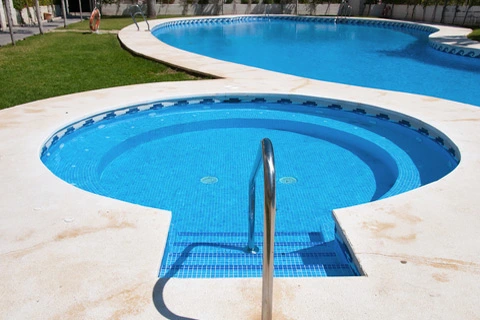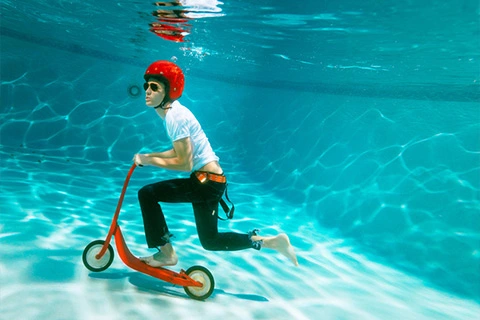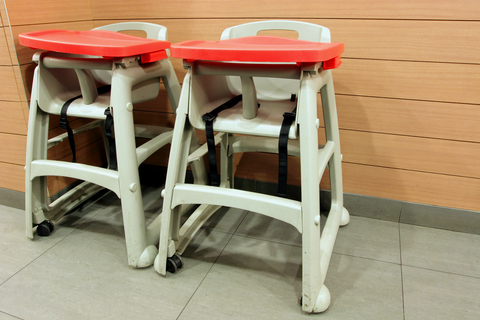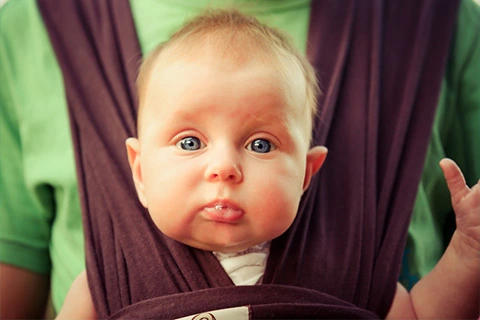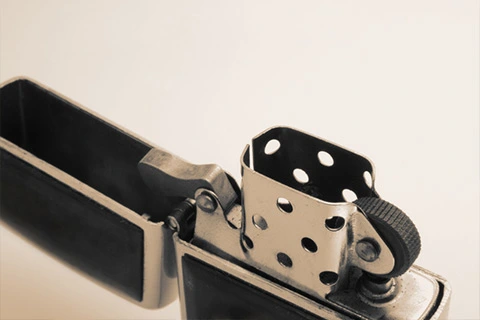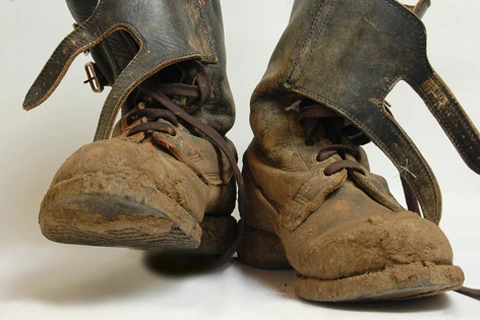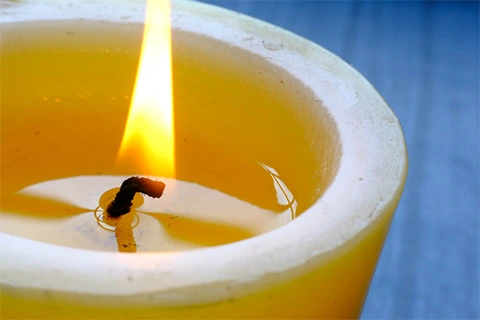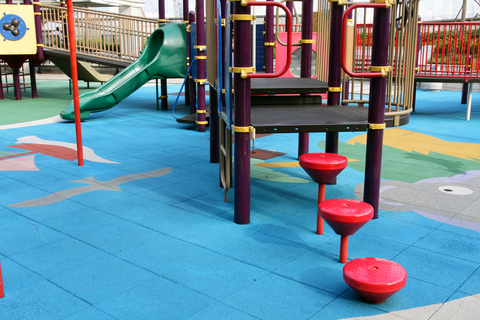
Playground Equipment Safety Standards
Several Playground Equipment Safety Standards have been developed by ASTM International (ASTM), defining safety specifications for playground equipment in an effort to make playgrounds safer for children. These standards address safety specifications for home and public playground equipment, trampolines, soccer goals, and inflatable play devices.
According to the Center for Disease Control (CDC) more than 200,000 children 14 years of age and younger are treated for playground related injuries in hospital emergency rooms across the United States each year. These injuries ranged from bruises, lacerations, fractures, and sprains. These safety issues have proven to be costly in the dearest manner possible. Furthermore, in 1995, playground-related injuries among children ages 14 and younger cost over $1.2 billion.
The National Program for Playground Safety (NPPS) is a leader in advocating for the creation of safe public play environments for children and providing resources and information for safe outdoor play in the United States. They serve as advocates for children on issues that relate to playground safety before government and regulatory agencies. The Consumer Product Safety Commission (CPSC) is also committed to protecting children from sustaining injuries on the playground. The CPSC has written a handbook (PDF link) that contains important safety information for those who purchase, install, and maintain public playground equipment.
